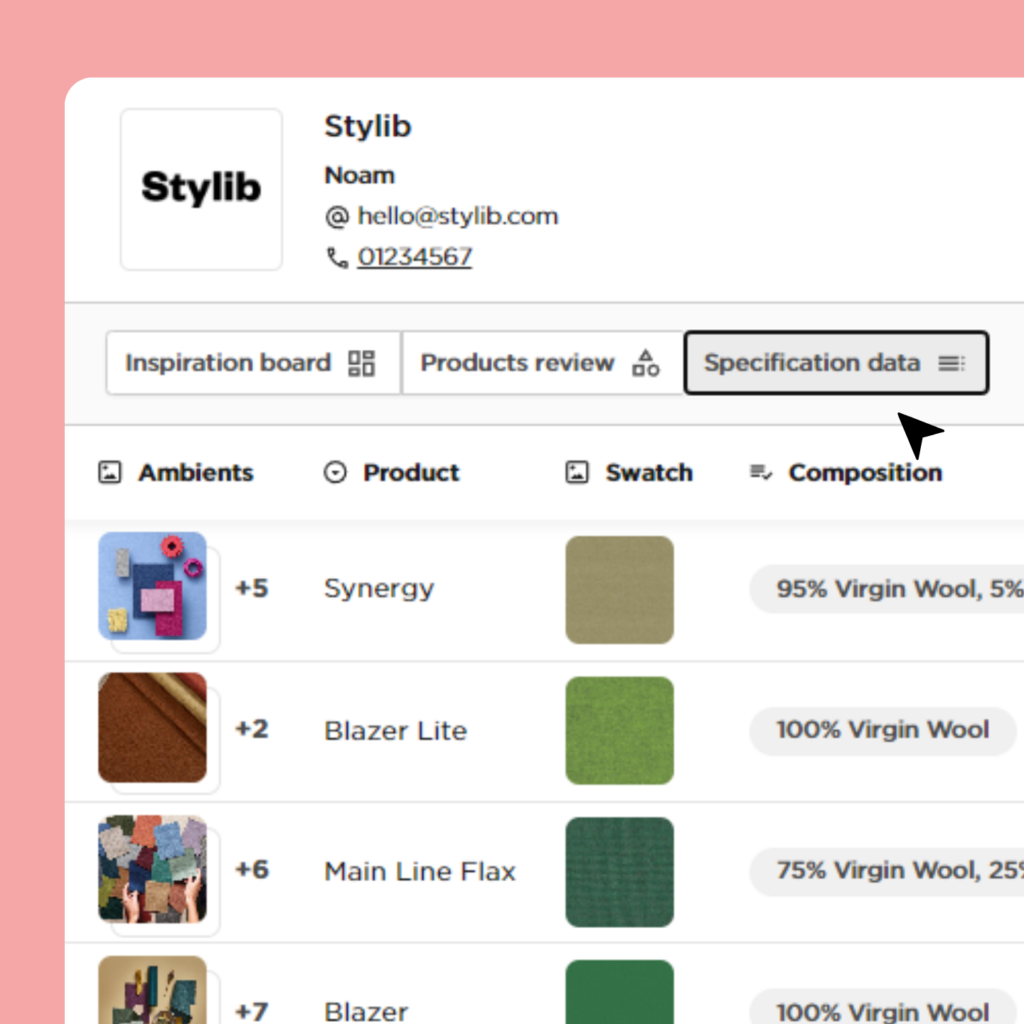
Soofia Fatima
Marketing executive @Stylib
PDFs have long been the go-to format for sharing product specs in the building materials industry. Easy to attach, standard across platforms, and seemingly reliable.
But in today’s digital-first world, they’re quickly becoming a liability.
If your marketing strategy still relies on downloadable spec sheets, you’re likely missing opportunities, losing control over your data, and creating friction for the very clients you’re trying to serve.
The problem with PDFs in a digital workflow
A static PDF doesn’t behave like a modern digital asset. It can’t be updated in real time, tracked for engagement, or tailored to different audiences.
Here’s what that means in practice:
Clients receive outdated specs
Once a PDF is downloaded or forwarded, it’s frozen. If you update the product dimensions, certifications, or availability, the client won’t know unless they ask, or worse, they won’t ask.No insight into engagement
You don’t know who opened it, what they looked at, or whether they shared it. That means no opportunity to follow up when interest is high.No searchability
PDFs aren’t optimised for search, whether on your website or through Google. Critical information stays buried in a document instead of driving traffic to your brand.Difficult to personalise
Every client has different needs. A PDF forces a one-size-fits-all approach, even when you’re targeting hospitality designers one day and educational architects the next.Cumbersome to maintain at scale
Managing hundreds of spec sheets across multiple product lines and regions? That’s a version-control nightmare.
Why digital needs dynamic
Modern digital marketing is interactive, trackable, and adaptive. Your product content should be, too.
Instead of static files, suppliers need:
Real-time product data clients can access anytime
Visual-first layouts that match how designers and architects actually evaluate materials
Analytics to see what gets clicked, opened, or shared
Customizable presentations for different project types or client segments
Easy updates that sync automatically across channels
In short: your spec sheet should work like a website, not a dead-end download.
A smarter way to share and track specs
Stylib Showcase replaces the outdated PDF with a live, visual presentation of your products, tailored for how architectural clients actually browse, compare, and specify.
You get full control and insight. Your clients get a better experience. Everyone wins.
👉 Discover how Stylib Showcase upgrades your spec sheet game
Stylib Showcase lets you present your products in a format that’s built to impress with large images and clean layouts that highlight materiality, finishes, and context. Whether you’re sharing a single item or a full selection, the presentation is sharp, modern, and always aligned with your brand.

Instead of static PDFs or versioned attachments, Showcase presentations stay connected to your central product data. When you update a product, the changes automatically reflect in every shared presentation, meaning what your client sees is always accurate, current, and ready to specify.

With Showcase, you can create tailored product selections in just a few clicks, filtered by material, project type, or client need. Add a personal message, attach your logo, and share a unique link that’s easy to open, easy to share, and built to drive real engagement.
